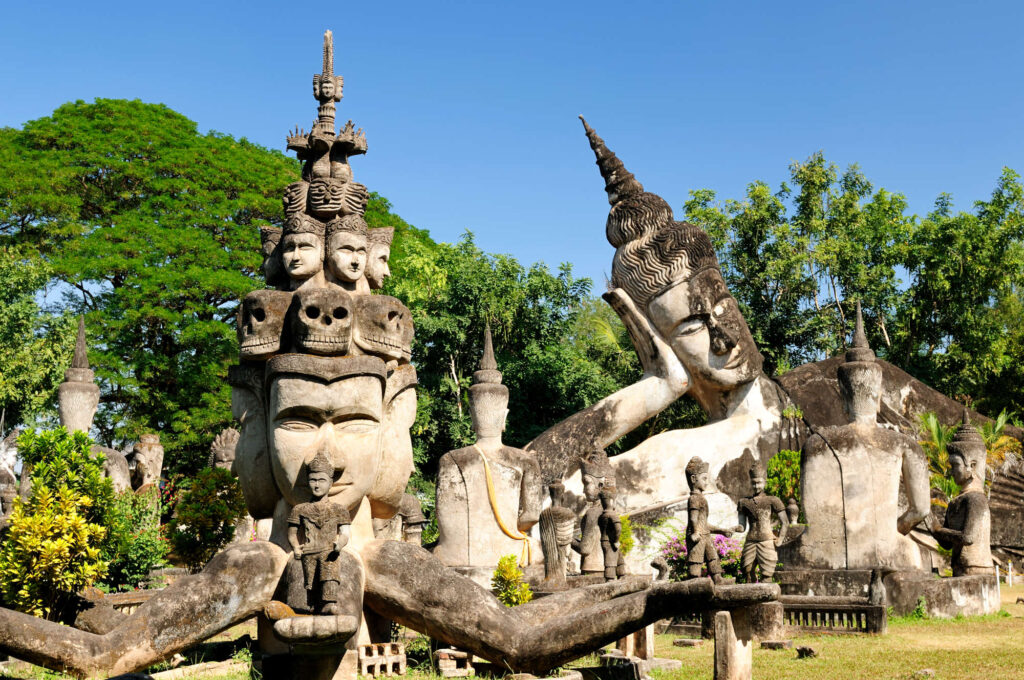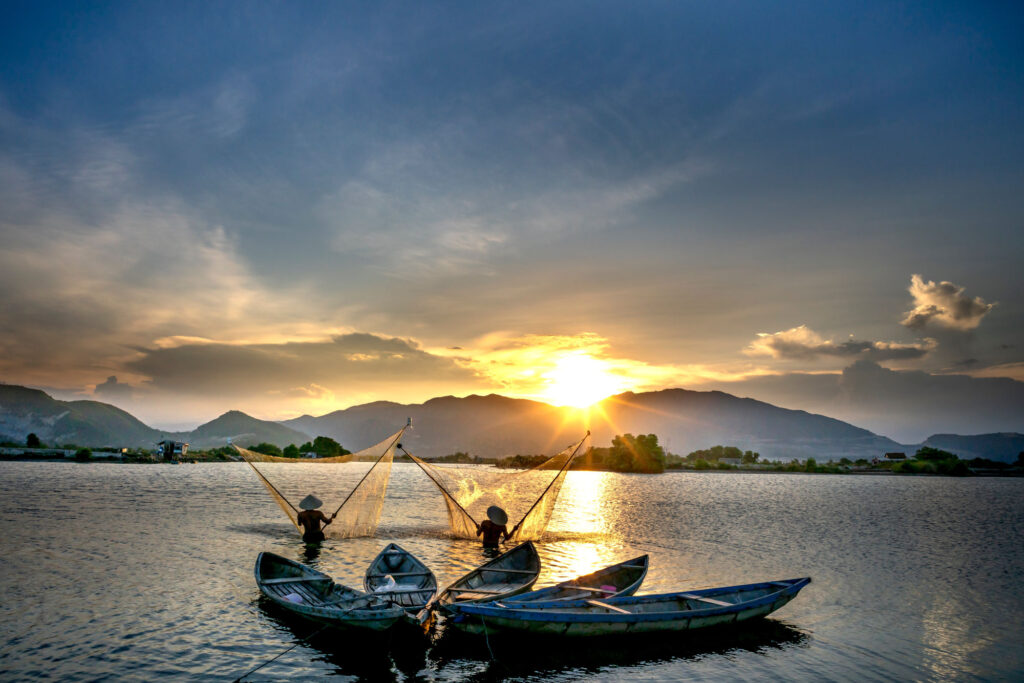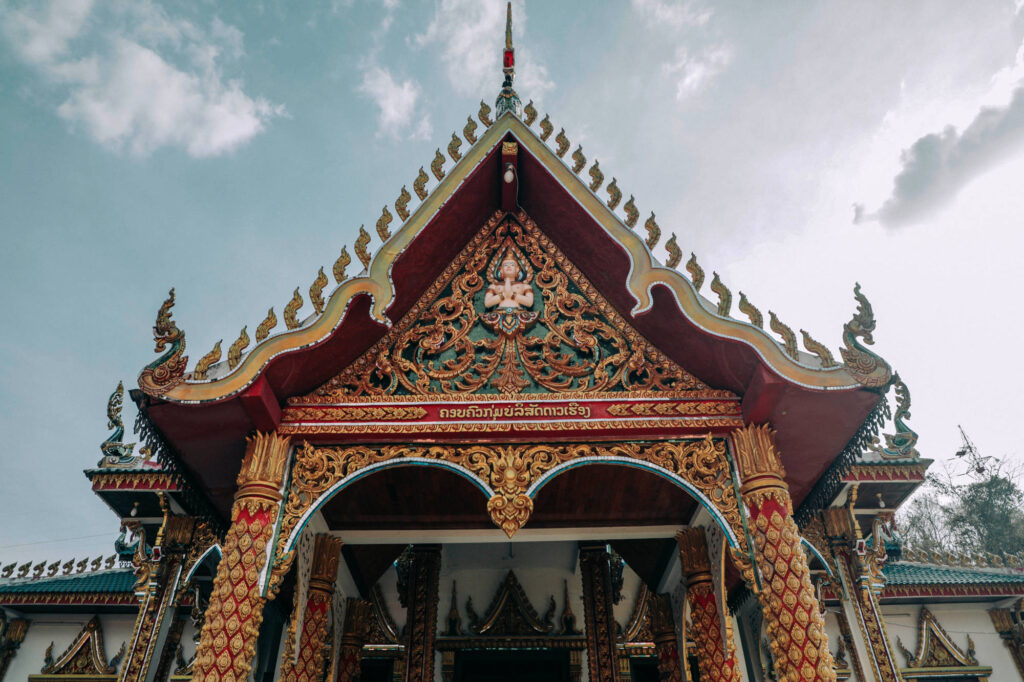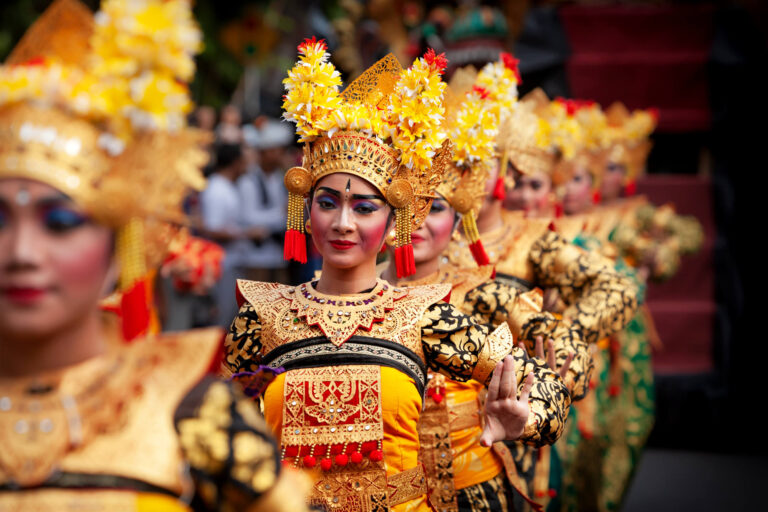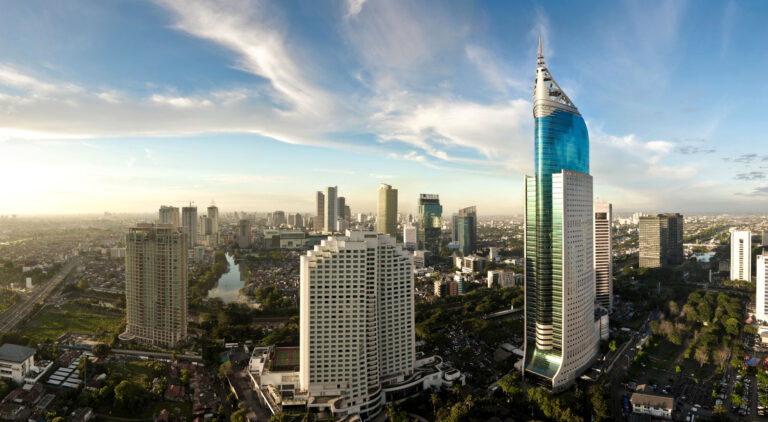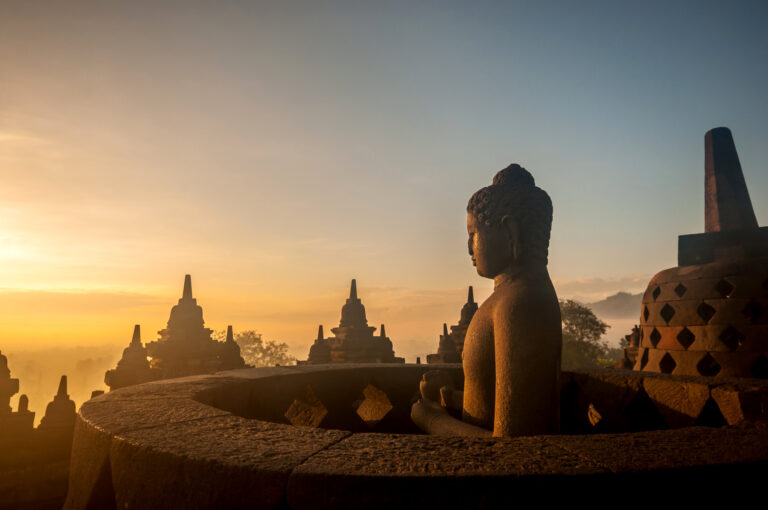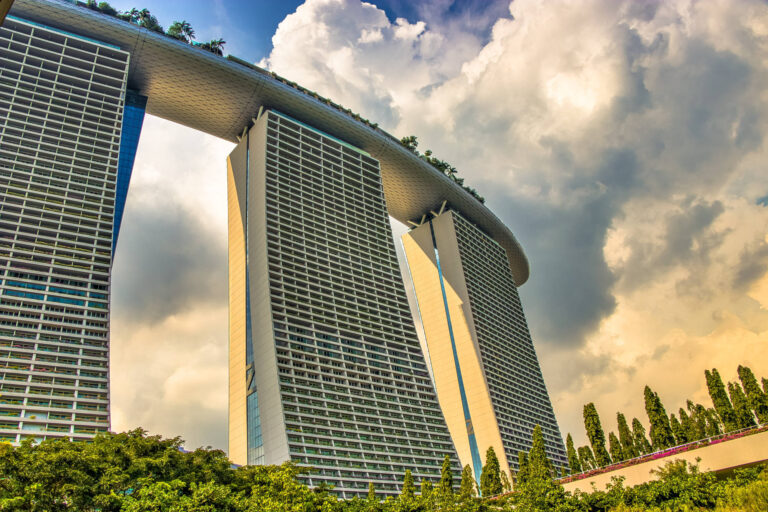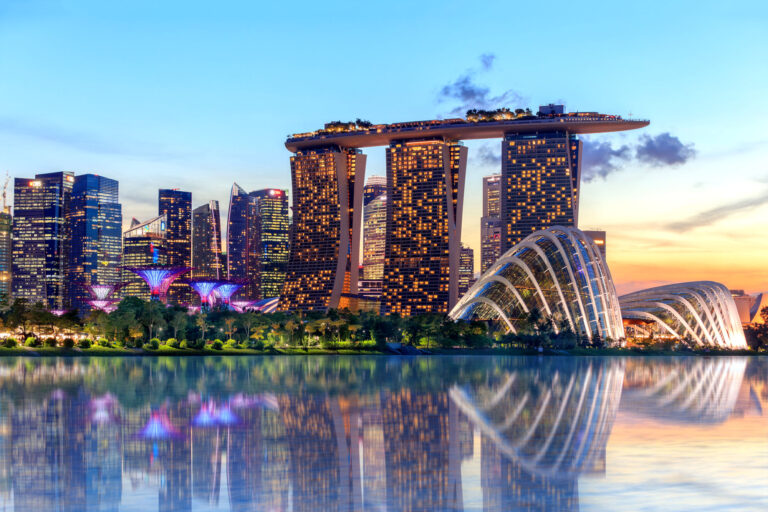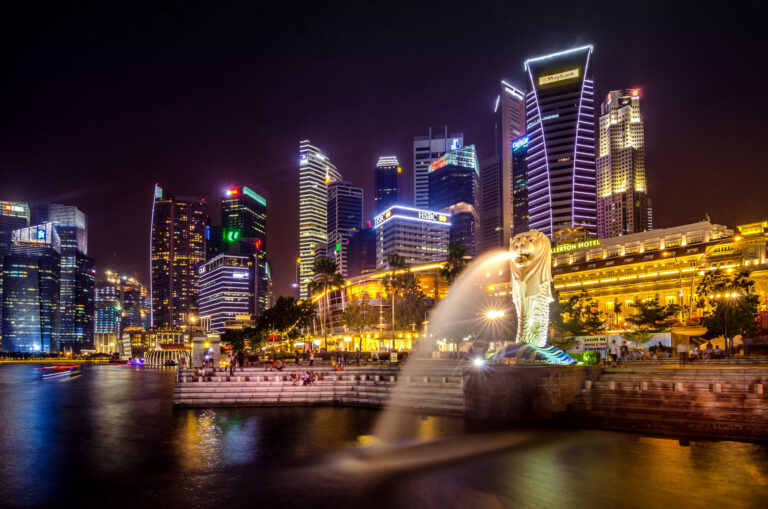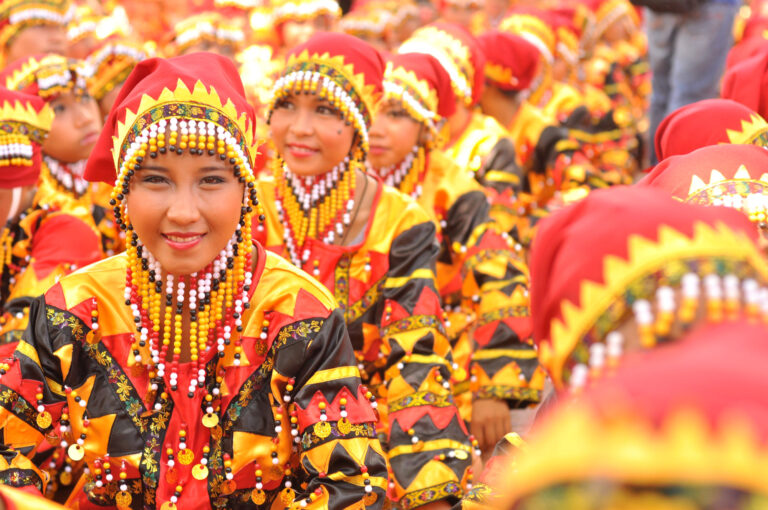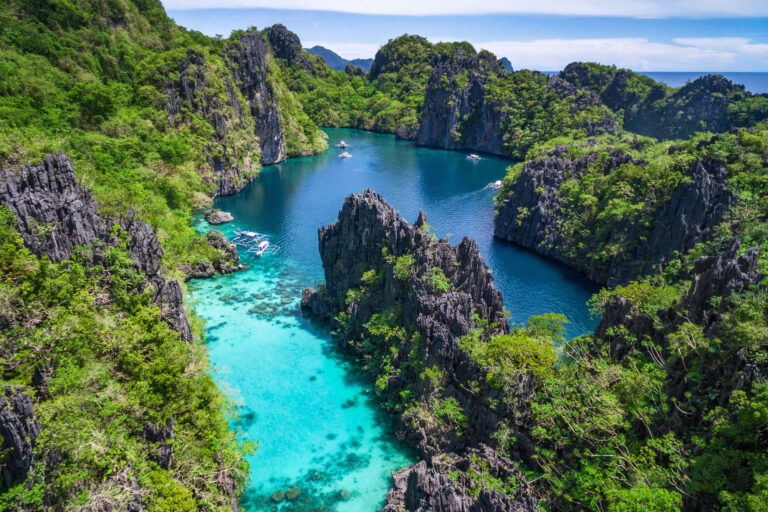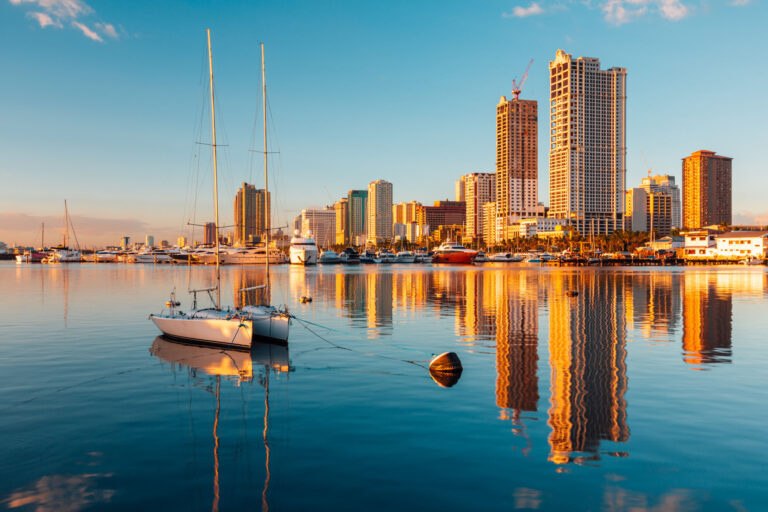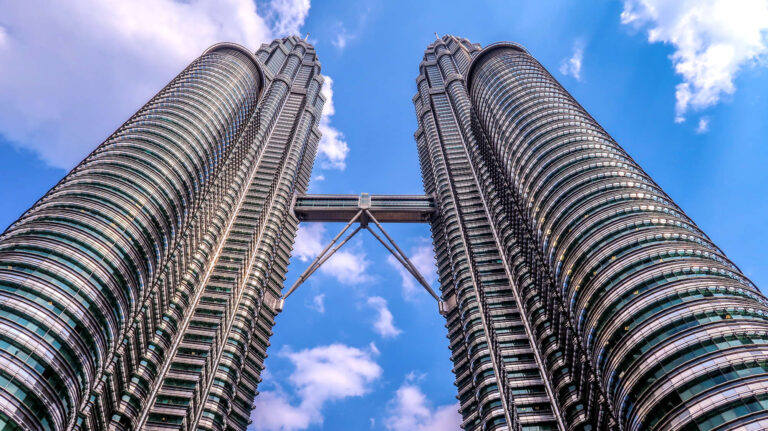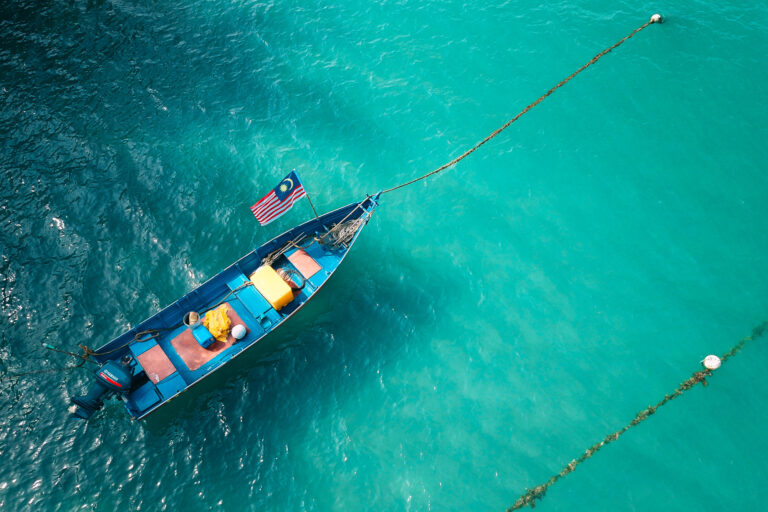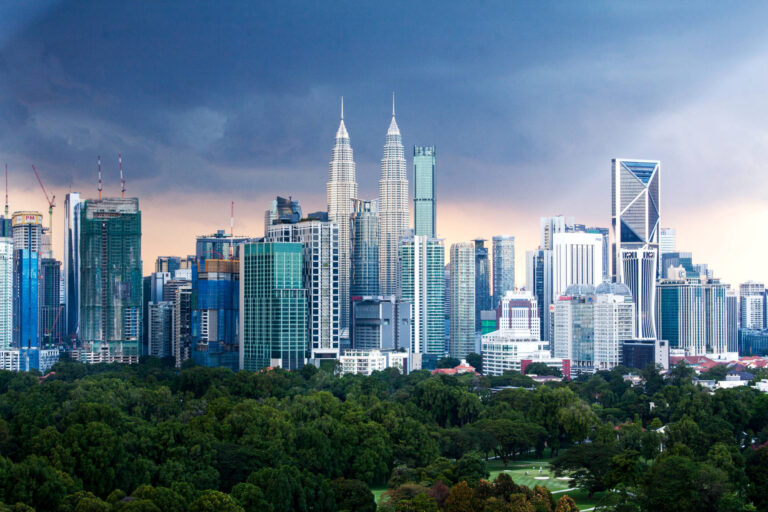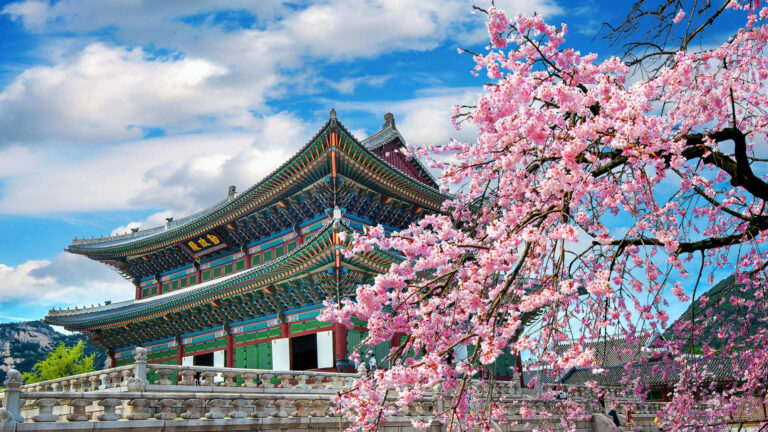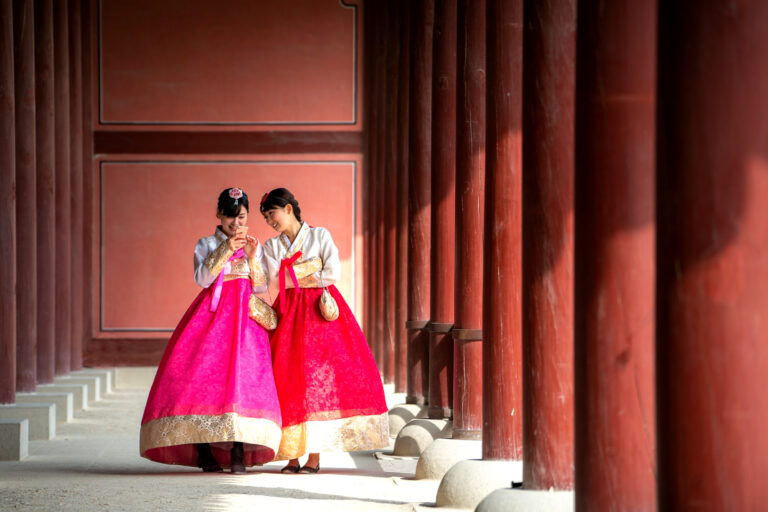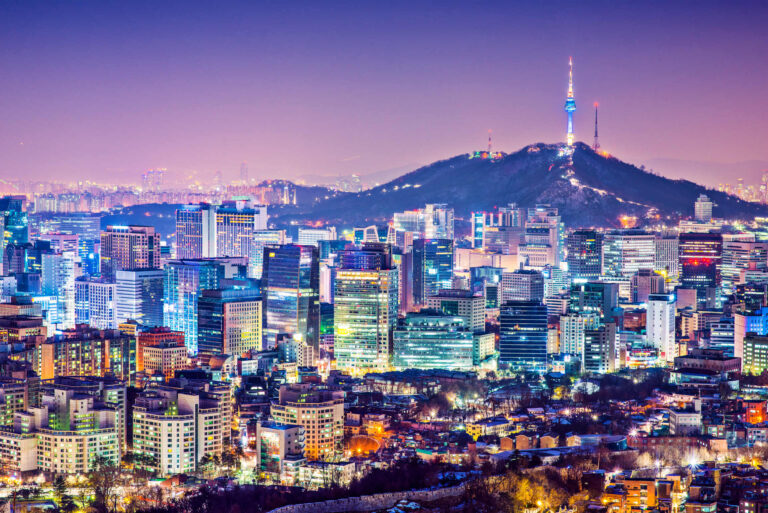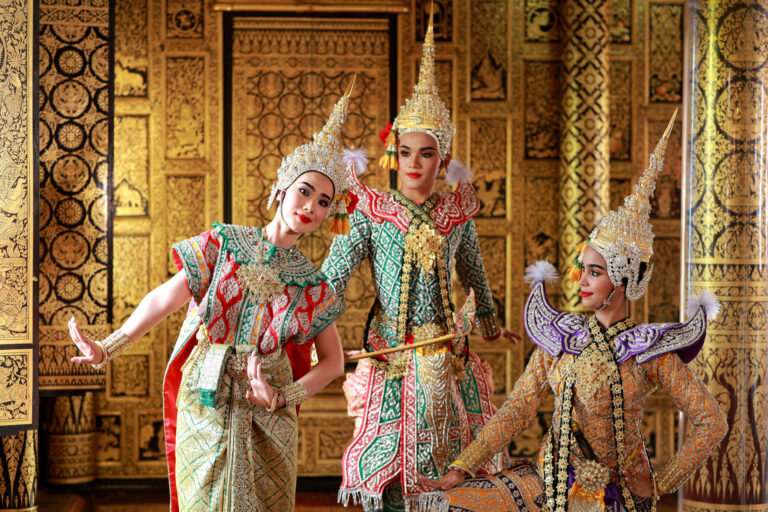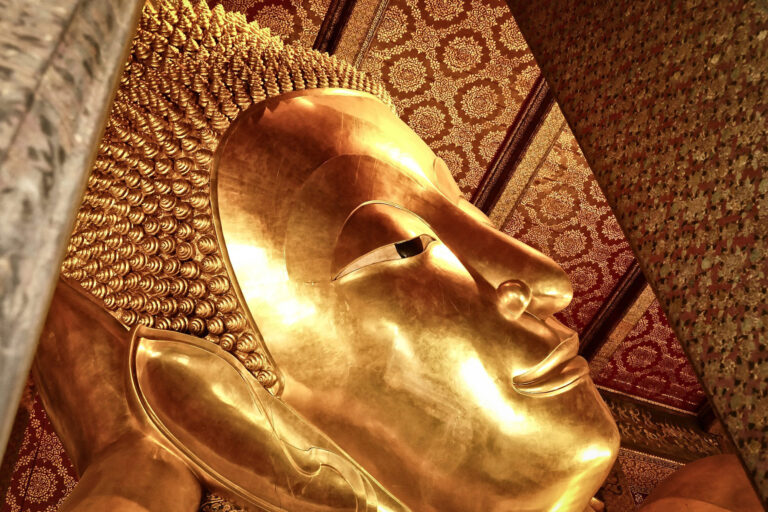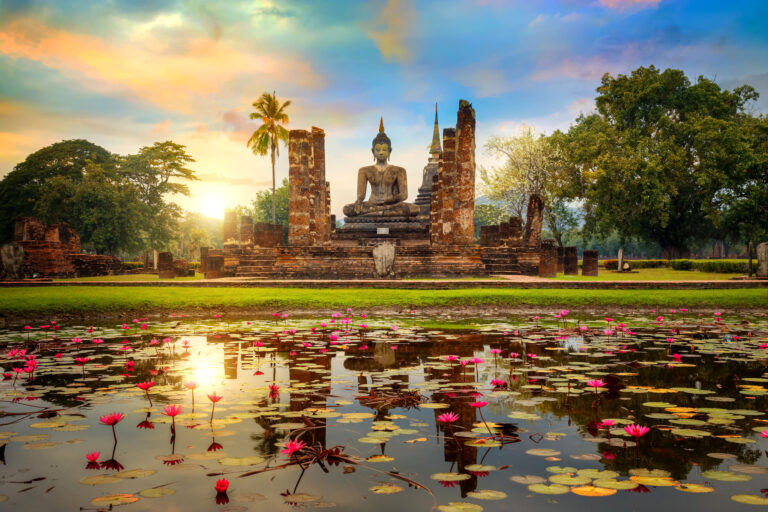
- COUNTRY
- MAIN CITIES
- prev
- next
THE COUNTRY
Modern-day Laos has its roots in the ancient Lao kingdom of Lan Xang. Laos came under the domination of Siam (Thailand) from the late 18th century until the late 19th century, when it became part of French Indochina.
In 1975, the communist Pathet Lao took control of the government. A gradual, limited return to private enterprise and the liberalization of foreign investment laws began in 1988.
- Elephant Village Sanctuary;
- Four Thousand Islands (includes Khone Pha Pheng Waterfall);
- Kong Lor Caves;
- Wat Phu;
- Vientiane;
- Luang Prabang (former royal city);
- Plain of Jars
- Private Jets, Helicopters and Airliners
- Finest Onboard Catering
- Ground Transport and Yachts
- Luxury Villa & House Rentals
- Local Guide & 24/7 Assistance
- Customized Global Services
TO BE KNOWN
-
The State's CapitalVientiane (Viangchan)
-
Time ZoneUTC +7
-
Telephone Code856
-
Total Area236 800 Km2
-
Population7 852 377 (2023 est.)
-
Main LanguagesLao, French, English
-
CurrencyKips (LAK)
-
GDP Per CapitaUSD 7800
-
Airports41
TRAVEL INFORMATION
Tropical monsoon; rainy season (May to November); dry season (December to April)
Lao 53.2%, Khmou 11%, Hmong 9.2%, Phouthay 3.4%, Tai 3.1%, Makong 2.5%, Katong 2.2%, Lue 2%, Akha 1.8%, other 11.6% (2015 est.)
It is considered very rude to touch another person's head or to touch their body with your feet.
Larb (or Laap) — minced meat, seasoned with lime juice, fermented fish sauce, and a variety of other ingredients such as finely ground roasted sticky rice, chilli, mint leaves, onions, herbs, and spices
Lower middle-income, socialist Southeast Asian economy; one of the fastest growing economies; declining but still high poverty; natural resource rich; new anticorruption efforts; already high and growing public debt; service sector hit hard by COVID-19



